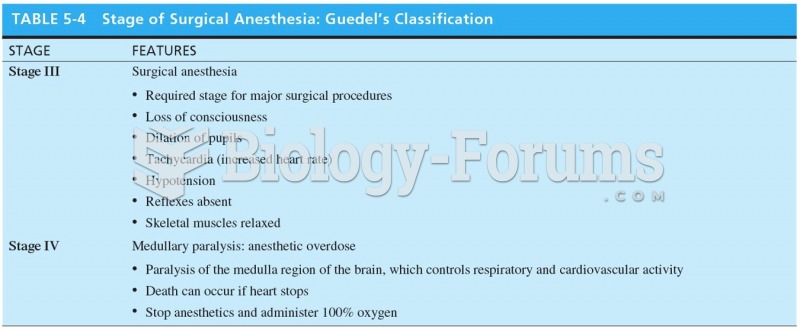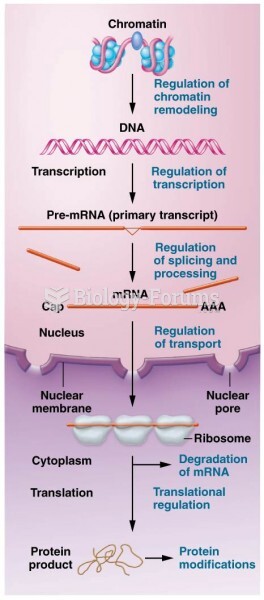Answer to Question 1
Answer: A
Explanation: A) Correct. Training can most improve the preparation stage because the other three stages are not amenable to conscious mental work, that is, they occur subconsciously.
B) Incorrect. Incubation is a subconscious behavior and not amenable to improvement through training. Training can most improve the preparation stage because the other three stages are not amenable to conscious mental work, that is, they occur subconsciously.
C) Incorrect. Illumination is a subconscious behavior and not amenable to improvement through training. Training can most improve the preparation stage because the other three stages are not amenable to conscious mental work, that is, they occur subconsciously.
D) Incorrect. Verification is a subconscious behavior and not amenable to improvement through training. Training can most improve the preparation stage because the other three stages are not amenable to conscious mental work, that is, they occur subconsciously.
E) Incorrect. Training can most improve the preparation stage because the other three stages are not amenable to conscious mental work, that is, they occur subconsciously.
Answer to Question 2
Answer: C
Explanation: A) Incorrect. Personal analogies are those in which the individual tries to identify him- or herself as the problem. Here, Susan is imposing symbols or models on the problem, which is an approach known as symbolic analogy.
B) Incorrect. Direct analogies are those in which the individual tries to apply facts, technology, and common experience to the problem. Here, Susan is imposing symbols or models on the problem, which is an approach known as symbolic analogy.
C) Correct. Here, Susan is imposing symbols or models on the problem, which is an approach known as symbolic analogy.
D) Incorrect. Fantasy analogies are those in which the individual asks the question: In my wildest dreams, how would I wish the problem to be resolved? Here, Susan is imposing symbols or models on the problem, which is an approach known as symbolic analogy.







